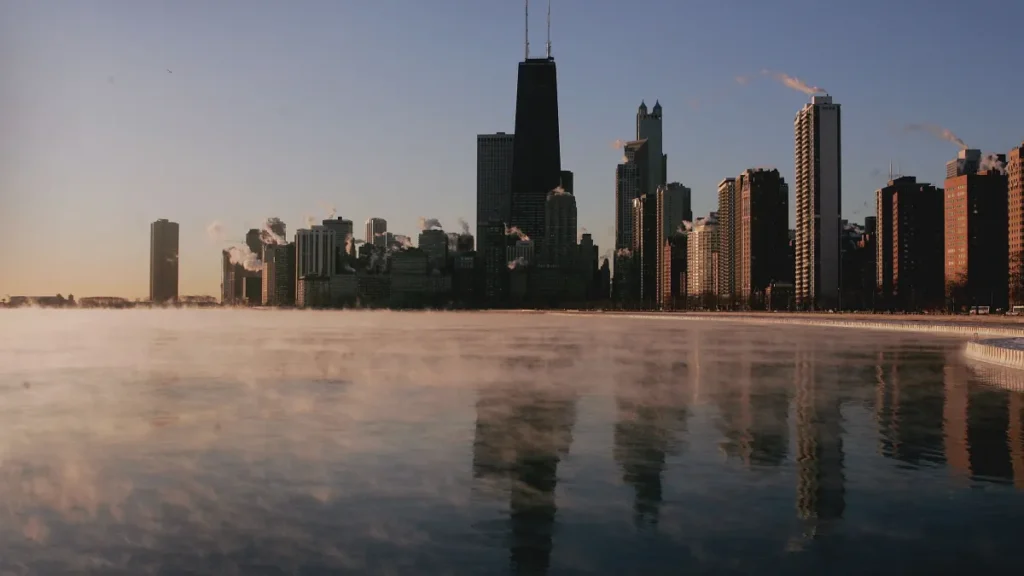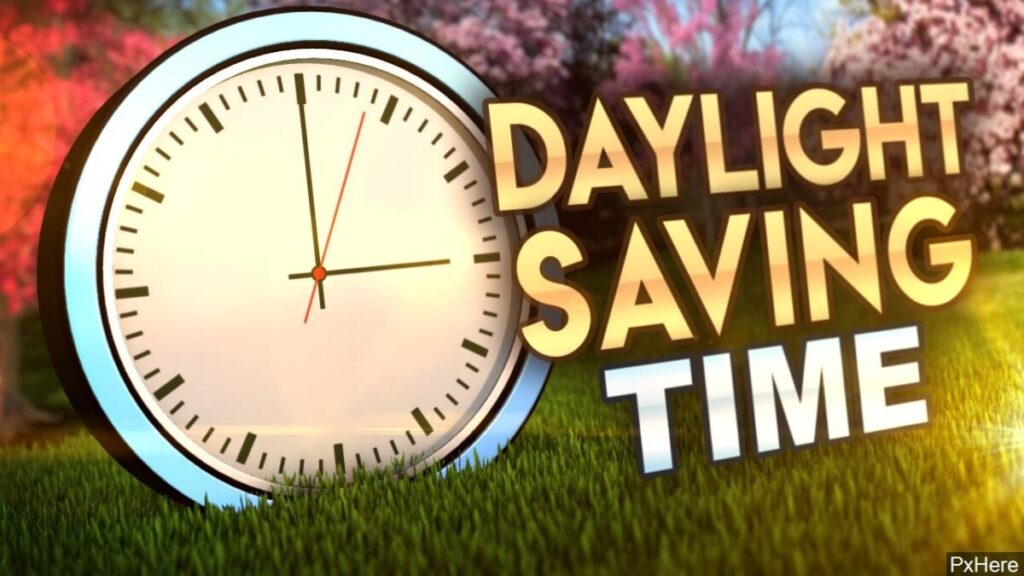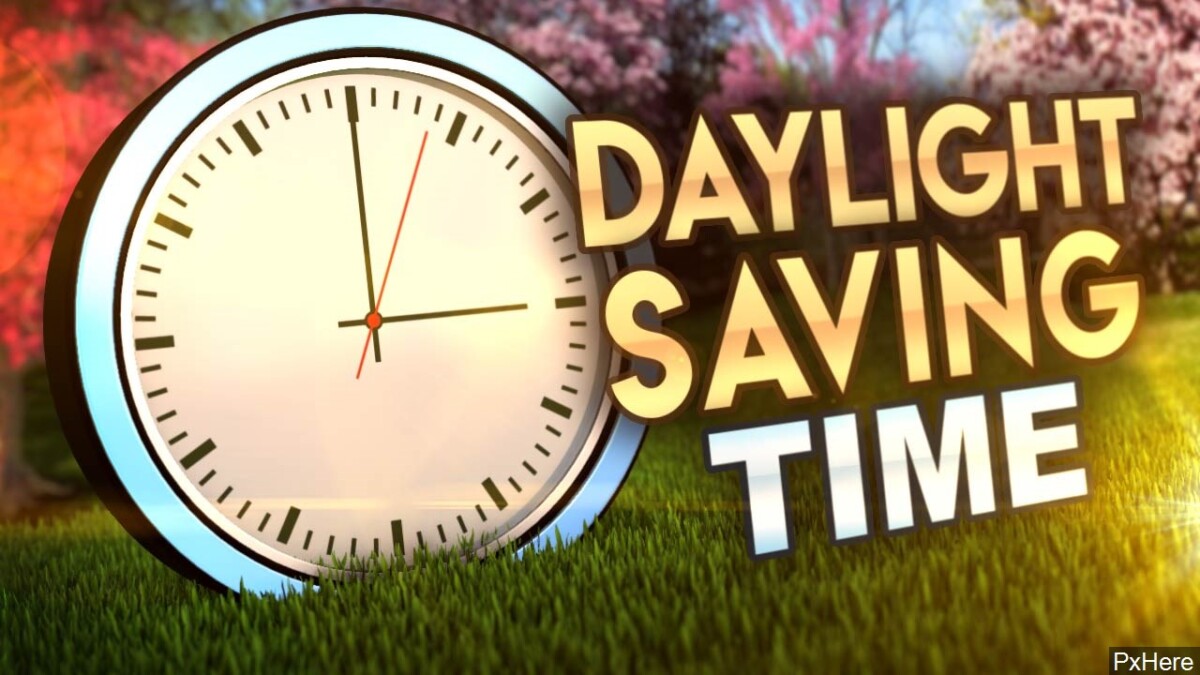
US Daylight Savings TIme
With clocks “falling back” overnight as most American states switch back to regular time, which is in effect through next March, the end of daylight saving time is just a few hours away.
While some people attempt to adjust their schedules in little ways in anticipation of the time shift, others might be curious about the precise moment the time zones will change.
Clocks will “fall back” one hour at two in the morning local time, giving Americans who live in places that follow daylight saving time one extra hour of sleep today evening.
When daylight saving time is observed for a portion of the year, November will be a Sunday with 25 hours, and March will be a Wednesday with 23 hours when clocks “spring forward” to mark the start of daylight saving time.
In that instance, clocks skip ahead an hour at 2 a.m. local time, with the time moving from 1:59 a.m. to 3 a.m. at the start of daylight saving time observance.
With the switch back to early sunsets, with a 4:40 p.m. sunset on Sunday, some may wonder what the season would look like if clocks simply never fell back.
If daylight saving time didn’t end this year, our sunrise in January would be 8:18 a.m. and sunset would be 5:30 p.m.
In Chicago, from December 3 to February 3, the sun would rise after 8 a.m.
When you consider that the sunrise in January would occur at 8:18 a.m. on the western border of the eastern time zone in Michigan and the majority of Indiana, it isn’t too late.
In January, Grand Rapids would have dawn at 9:13 a.m. and sunset at 6:18 p.m. The sunrise time in Indianapolis would be 9:05 a.m.
For those who commute in the morning and kids who are going to school, the delayed sunrise may cause issues, particularly in places where darkness would persist long after many schools open for classes.
If standard time were kept, the summer hours would look quite different with earlier sunrises and sunsets, taking away later evening hours that many have grown accustomed to daylight time in.
Chicago’s sunrise in June would be 4:14 a.m. instead of 5:14 a.m., and the sunset would be 7:30 p.m. instead of 8:30 p.m.
While many some evening activities would potentially be missed out in the summer, NBC 5 Storm Team meteorologist Kevin Jeanes said that a permanent adoption of standard time would be easier to adjust to than permanent daylight time.

Where does the effort to end Daylight Saving Time stand?
In March, Sen. Marco Rubio reintroduced the Sunshine Protection Act, a law that would make Daylight Saving Time permanent year round.
Although the proposed legislation was first introduced in 2018, the bill saw the most movement in 2022, when the Senate passed the bill unanimously. But now legislation to change Daylight Saving Time remains in limbo. The bill didn’t come up for a vote in the House of Representatives in 2022, and this year’s version of the bill has not even passed the Senate Committee.
When will the clocks turn this year?
Daylight Saving Time changes on the second Sunday in March and the first Sunday of November.
This year, the clocks will change on Nov. 5 at 2 a.m. local time. After that point, the U.S. will abide by standard time.
It’s a practice that dates back to over a century ago, when several countries began to implement the clock change in an attempt to save energy during World War I. Germany was the first country to run by daylight saving time, and eventually the U.S. caught on in March 1918, almost a year after joining the global war.


1 thought on “When will clocks change overnight? What to know about the end of daylight saving time”